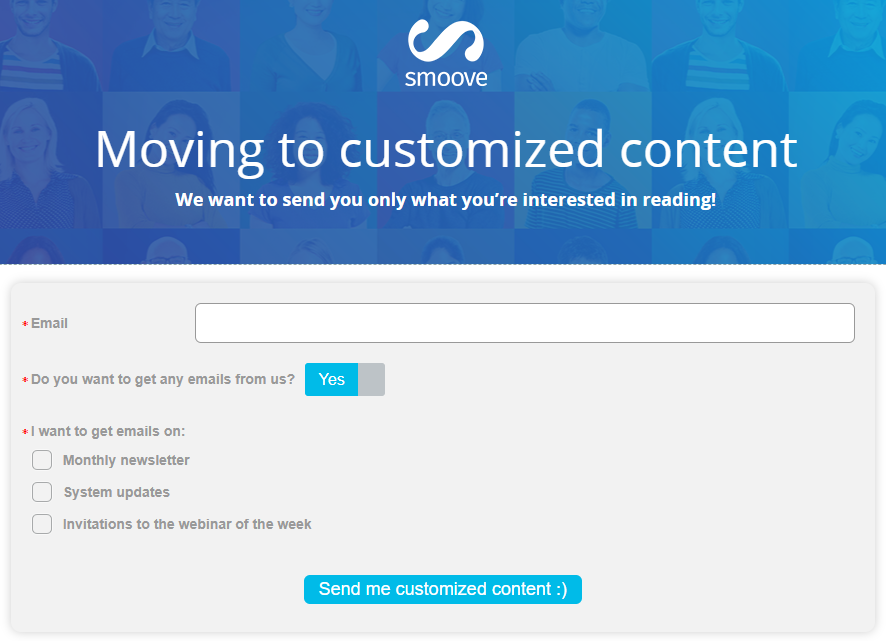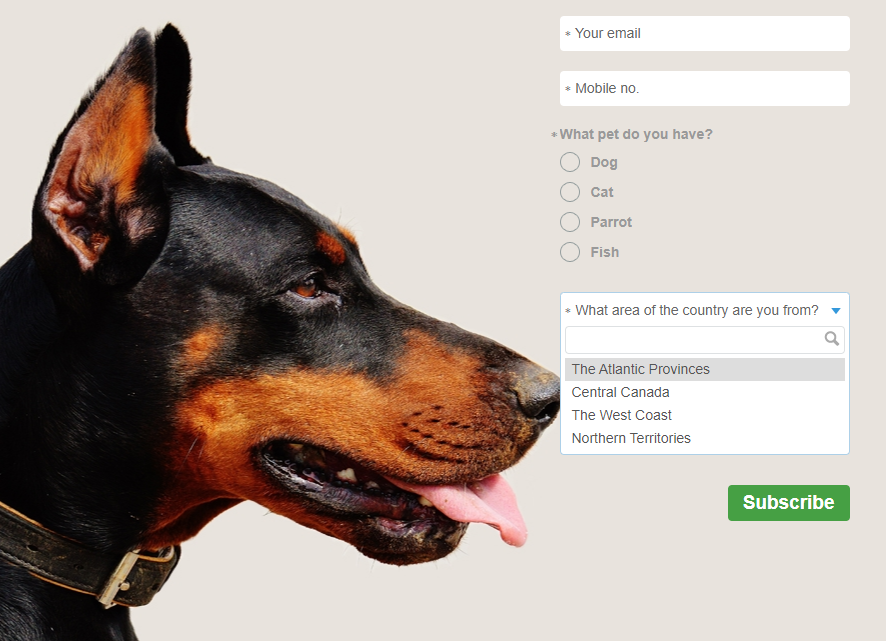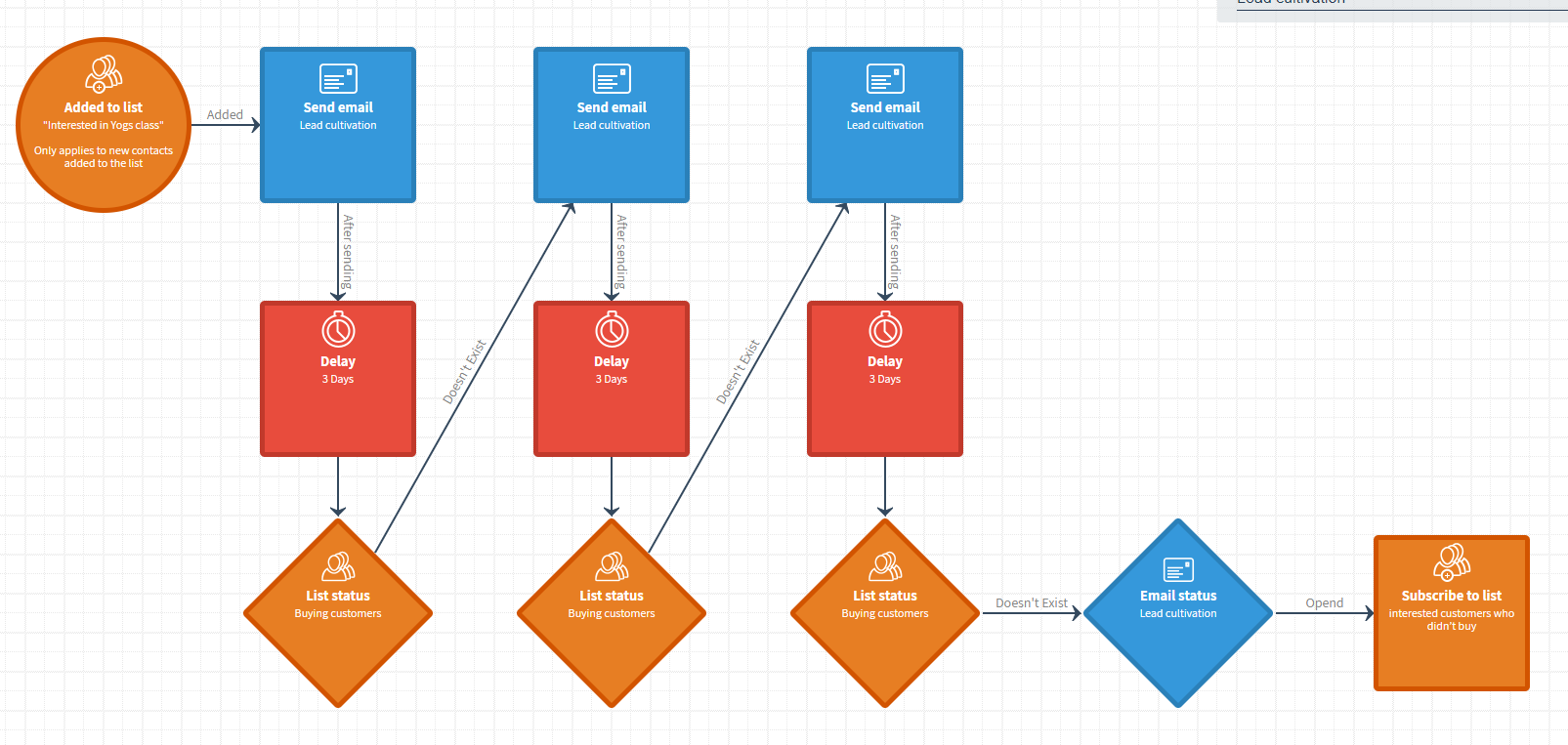Just like how well-groomed appearances catch our attention, leads who are nurtured properly are more likely to convert into paying customers. To maintain a high conversion rate between the number of referrals and the number of new customers each month, it’s important to take small but consistent actions that ensure the cultivation and nourishment of the ingredients that form the foundation of a thriving business.
You poured your blood, sweat, and tears into establishing your business. You invest in it day and night, always striving for professionalism. You even make sure to keep the water jug at the entrance refreshed and send price offers on stylishly branded paper. You could say that you do these small things to nurture your business, to give it the extra care it needs to thrive and succeed.
But in this complex process – and it certainly can be complex – there is one vital aspect we mustn’t overlook: lead nurturing. We’ve already discussed how to generate leads and maintain a satisfactory ROI, but now we need to focus on what comes next. How will we present ourselves in the best possible light to every person who has chosen to turn from an anonymous surfer to an identified potential customer and given us their details? This is where cultivating our business comes in.
Every journey begins with a single step
At the heart of every compelling story lies a fundamental rule of creative writing: there are two types of death. Either the protagonist embarks on a journey, which becomes the focal point of the plot, or the story begins with the hero’s return from a journey, with the plot focusing on their experiences. We can adapt this rule to shed light on the lead nurturing process
Each lead that comes your way sets out on a journey towards becoming a customer.
This journey involves several stages, starting with the introduction and information gathering, followed by content adjustment, and ultimately, the perfect conversion leading to a purchase. From the outset, it’s essential to plan the journey with careful consideration, defining the objectives you hope to achieve and the resources you’re willing to dedicate. Determine when each stage will end and when you can move on to the next phase. With a well-planned journey, you can guide leads towards becoming loyal customers.
First step: Gathering Information and Providing Value to Your Customers
The first step in lead nurturing is to gather information from the customer that will help you tailor your content and provide them with personal value. This involves collecting relevant data such as personal and family situation, age or date of birth, city of residence, and more. However, it’s important to keep in mind that at the initial stage, customers may not be willing to share a lot of information. To overcome this, it’s crucial to present questions in stages, while demonstrating to the customer how providing their details will benefit them. This approach not only helps you gather valuable data, but also makes the customer feel valued and understood.

Second step: “Effective Audience Segmentation for Personalized Communication”
At this stage, we can use the information collected in the first stage to refine our target audiences based on interests or other relevant criteria. With the help of Samob’s system, you can easily pre-define mailing lists for each audience, saving you time and effort.
A personalized approach to communication allows you to identify and tailor your messaging to each customer’s unique needs and interests. For example, if a customer has purchased sports shoes, they may be interested in receiving content related to physical activity. Similarly, a customer who has bought yoga equipment may respond well to special offers on exercise mats.
You can also leverage personalization to build trust and empathy with your customers. By showing that you understand their needs and preferences, you can establish a deeper connection with them. For instance, you can offer birthday discounts or send reminders to customers who purchased a box of protein powder, letting them know it’s time to restock.
Ultimately, personalization is key to delivering a positive customer experience and driving conversions. By providing relevant and timely messaging, you can demonstrate the value of your products or services and build long-term loyalty with your audience.
Here are some examples of data that can be collected to provide personalized value across various fields of activity:
- Parenting guides – Collect information on the ages of the children in order to send relevant information and tips on how to behave at home based on the child’s stage of development.
2. Fashion chains – Determine whether to send equal offers and sales on women’s, men’s, or children’s clothing based on the customer’s preferences. In addition, identify the customer’s location and offer promotions or invitations to events in their relevant branch.
3. Business consulting / digital marketing – Classify customers as self-employed, companies, solo business owners, or part of a department or organization, and determine their fields of activity in order to tailor value propositions and tips to their specific needs.
4. Interior design – Identify if customers are renovating an existing home, building a new home, or are interested in design and home styling, and send them customer stories, planning tips, or inspiration based on their field of interest.
5. Bed and Breakfasts / hotels – Determine if customers are interested in couple getaways, family vacations, or solo travel, and offer them tailored content that will market the accommodation according to their specific needs.
6. Scuba diving equipment – Collect information on the type of diving the customer plans to do and recommend suitable equipment accordingly. Additionally, classify the audience by location and send relevant promotions for local diving spots.
7. Cosmetics and care – Identify the age of the customer and send tips and suggestions for purchasing suitable products based on their skin type (anti-aging, acne, age spots, etc.).
8. Travel advisors – Ask customers about their preferred style of travel (couple, family, solo) and whether they are interested in vacations, urban travel or adventure travel, and send them relevant offers and articles tailored to their interests.

Third step: level up
As previously mentioned, it’s crucial to establish the endpoint of our lead nurturing process. It’s important to note that the endpoint doesn’t necessarily have to be a purchase; it can also be a successful communication with the lead that prepares them for a sales call or providing them with a coupon or benefit, such as filling out a questionnaire and receiving the results via email. The endpoint should occur once we’ve exhausted all means of cultivating the lead from our end. This means providing them with the necessary information and engaging with them to the point where we feel it’s appropriate to take the next step.
To better understand how this process works in practice, we’ve provided an example of a basic automation process for lead nurturing. This process can be generated in the system and can significantly increase the likelihood of a purchase, using the example of a lead interested in yoga.
To effectively cultivate leads, it’s important to define the end goal of the journey. This could be a purchase or a different action that indicates a willingness to engage with the business. The end of the journey can also be marked by a coupon or benefit offered to the customer. It’s important to exhaust the lead from the business’s perspective before moving on to the next stage.
To give an example, let’s look at a basic automation process for cultivating leads, based on a yoga business:

- Trigger: Joining the list. Relevant leads will automatically join and provide their details.
- Action: Send an email. A thank you email will be sent with interesting details about the business, valuable content, and a purchase offer.
- Action: Wait for three days before proceeding to the next step.
- Condition: Check the list status to see if a purchase has been made. Customers who purchase a product or service will be added to the list of purchasing customers.
- Action: Send another email with training tips, inspiration, and an offer to purchase yoga equipment to those who have not made a purchase.
- Action: Wait for three more days.
- Condition: Check the list status again to see if a purchase has been made.
- Action: Send another email with relevant content, such as an instructional video for home training, recommendations for training clothes, and a special discount for equipment.
- Action: Wait for three more days.
- Condition: Check the list status again to see if a purchase has been made.
- Condition: Check the email status to see if the customer has opened the email and showed interest.
- Action: Add interested customers who have not made a purchase to a separate list for future sales calls, surveys, or other personal customer journeys.
This process will increase the chances of a purchase and help businesses effectively cultivate leads.
In summary
Lead cultivation is a fundamental aspect of any successful business and a reliable way to provide personalized and relevant content to every lead while collecting valuable data that will improve your customer service. Our system offers several basic automation templates for lead cultivation. Feel free to experiment with them through our user-friendly interface and embark on a journey with your potential customers. It’s an exciting opportunity to expand your customer base and engage with your audience on a deeper level.

